Misophonia refers to an extreme sensitivity to particular sounds that trigger discomfort and adverse reactions. It is not a psychological condition but rather a disorder that can impede daily life. This hypersensitivity to certain noises links to decreased sound tolerance.
Jastreboff and Hazell first termed misophonia in 2003 when treating patients with tinnitus. Among them was a group of people who manifested symptoms that did not fit with different disorders. That's when they discovered the phenomenon of misophonia.
What characterizes the condition of misophonia is the extreme emotions that accompany it. How misophonia affects the patient's social functioning depends on the type and level of its symptoms. If they are slight, they do not hinder life; however, when they are very noticeable, they can cause lowered mood and even suicidal thoughts. No treatment can remove the symptoms of misophonia. However, there are many ways to cope with it. It is also essential to find the cause, as misophonia can be a symptom of a different disorder.
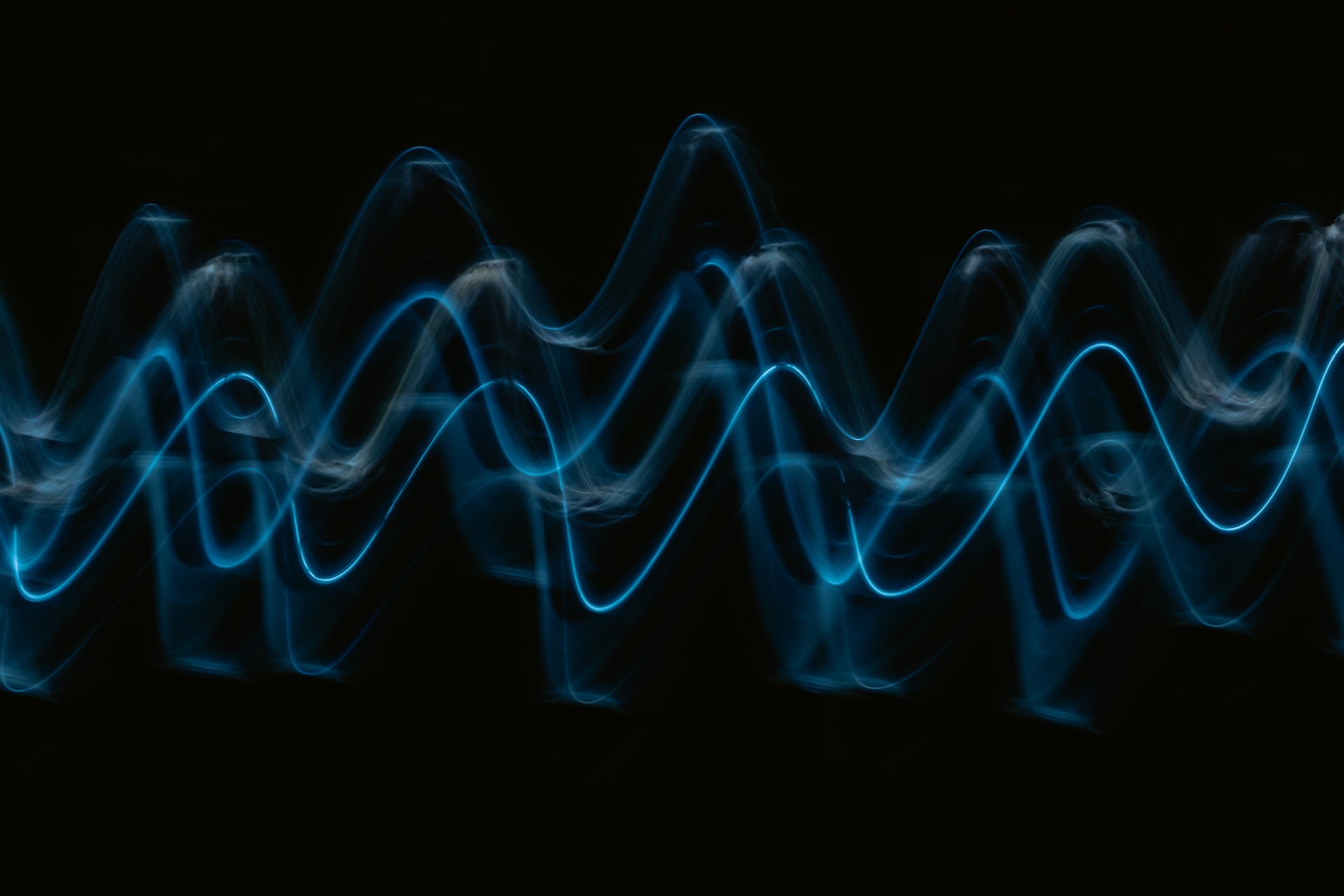
For several years, experts have been trying to determine the reasons behind this exciting event. However, the exact triggers are still undiscovered. We haven't seen any genetic links to the issue. This puzzles researchers whether it's innate or developed over time. They seem unsure about how brain-related and thinking factors contribute to its onset. Some argue that it could be due to complicated or distressing past incidents that might make one overly receptive to particular noises.
Studies also indicate that it is more common for misophonia to be observed in people with diagnosed mental disorders. Misophonia is one of three types of hypersensitivity to sounds. This group also includes hyperacusis![]() and phonophobia
and phonophobia![]() .
.
Hyperacusis – This type of auditory hypersensitivity is caused by increased activation of the auditory system. Patients react to moderately loud sounds that would not cause discomfort under normal hearing conditions. Tolerance varies based on sound type, frequency, or incoming sound spectrum, often stemming from damage to selective inner ear parts.
Phonophobia – Those with phonophobia have strong negative reactions to certain sounds. Fear and aversion are common emotions. The cause lies in the autonomic and limbic nervous systems rather than the auditory system itself.
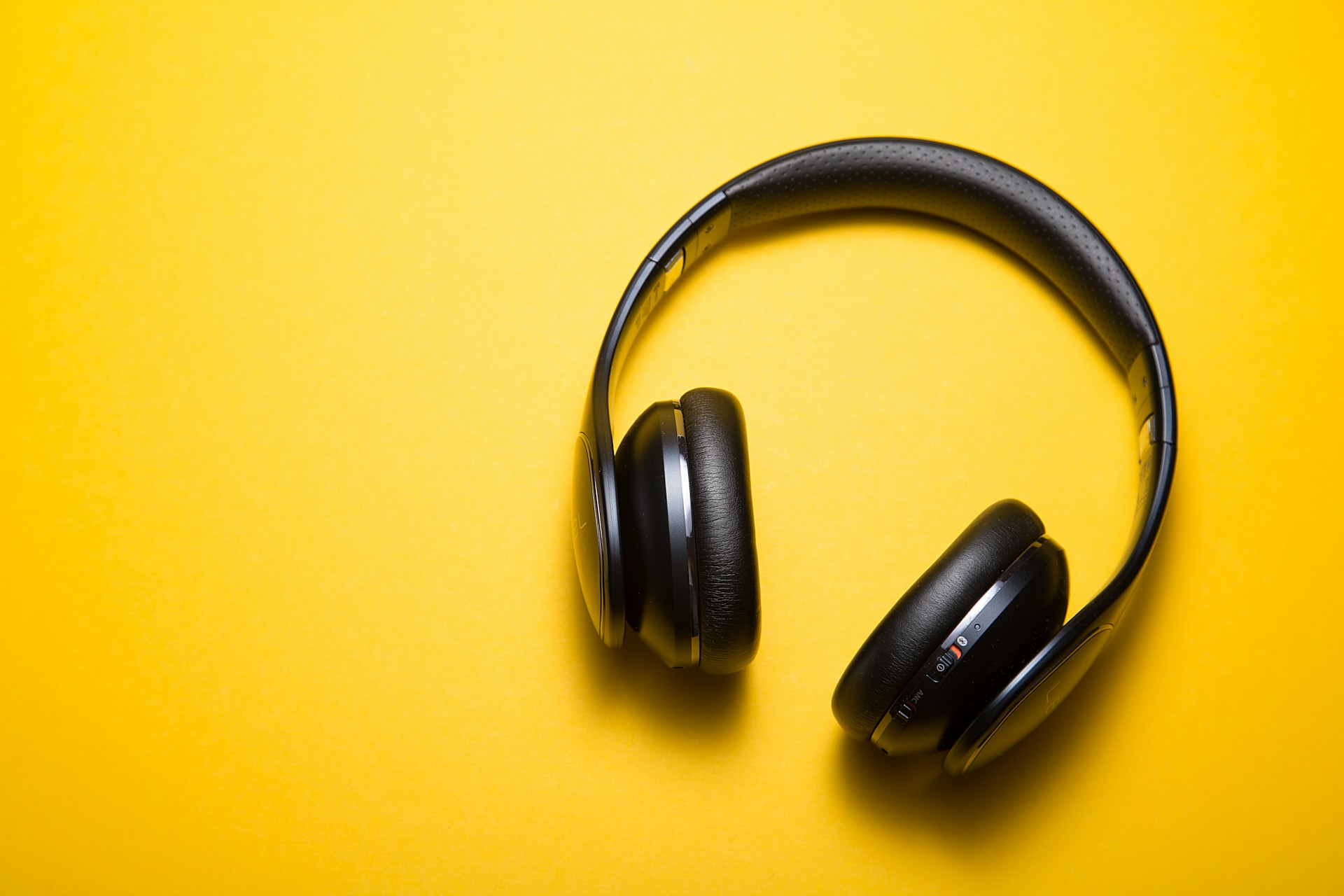
In contrast to hyperacusis, misophonia does not stem from auditory damage or dysfunction. People react strongly only to specific sounds based more on the nature rather than loudness. The irritation is selective.
Misophonia is combined with phonophobia because of the overactivity of the autonomic and limbic nervous systems![]() , the presence of emotional reactions, and the absence of pathologically elevated responses in the auditory system. In contrast, misophonia is defined as an increased aversion to a particular group of sounds, and phonophobia may be a component.
, the presence of emotional reactions, and the absence of pathologically elevated responses in the auditory system. In contrast, misophonia is defined as an increased aversion to a particular group of sounds, and phonophobia may be a component.
In summary, misophonia is not related to damage to the auditory system. Still, some researchers suggest that it may be caused by dysfunction of the central auditory pathway![]() and the presence of enhanced neuronal connections between the hearing and limbic systems for certain noises.
and the presence of enhanced neuronal connections between the hearing and limbic systems for certain noises.
Researchers have traced the cause of misophonia to abnormal myelination in the medial frontal cortex![]() of the brain. According to some studies, the adverse reaction to specific sounds stems from the patient's past experiences. It is related to their evaluation of a particular sound and their belief that it may threaten them. Differences in the frontal lobe structure compared to the general population have been noted, as well as a special overactivity of a part of the cerebral cortex called the insula in response to a particular annoying sound.
of the brain. According to some studies, the adverse reaction to specific sounds stems from the patient's past experiences. It is related to their evaluation of a particular sound and their belief that it may threaten them. Differences in the frontal lobe structure compared to the general population have been noted, as well as a special overactivity of a part of the cerebral cortex called the insula in response to a particular annoying sound.
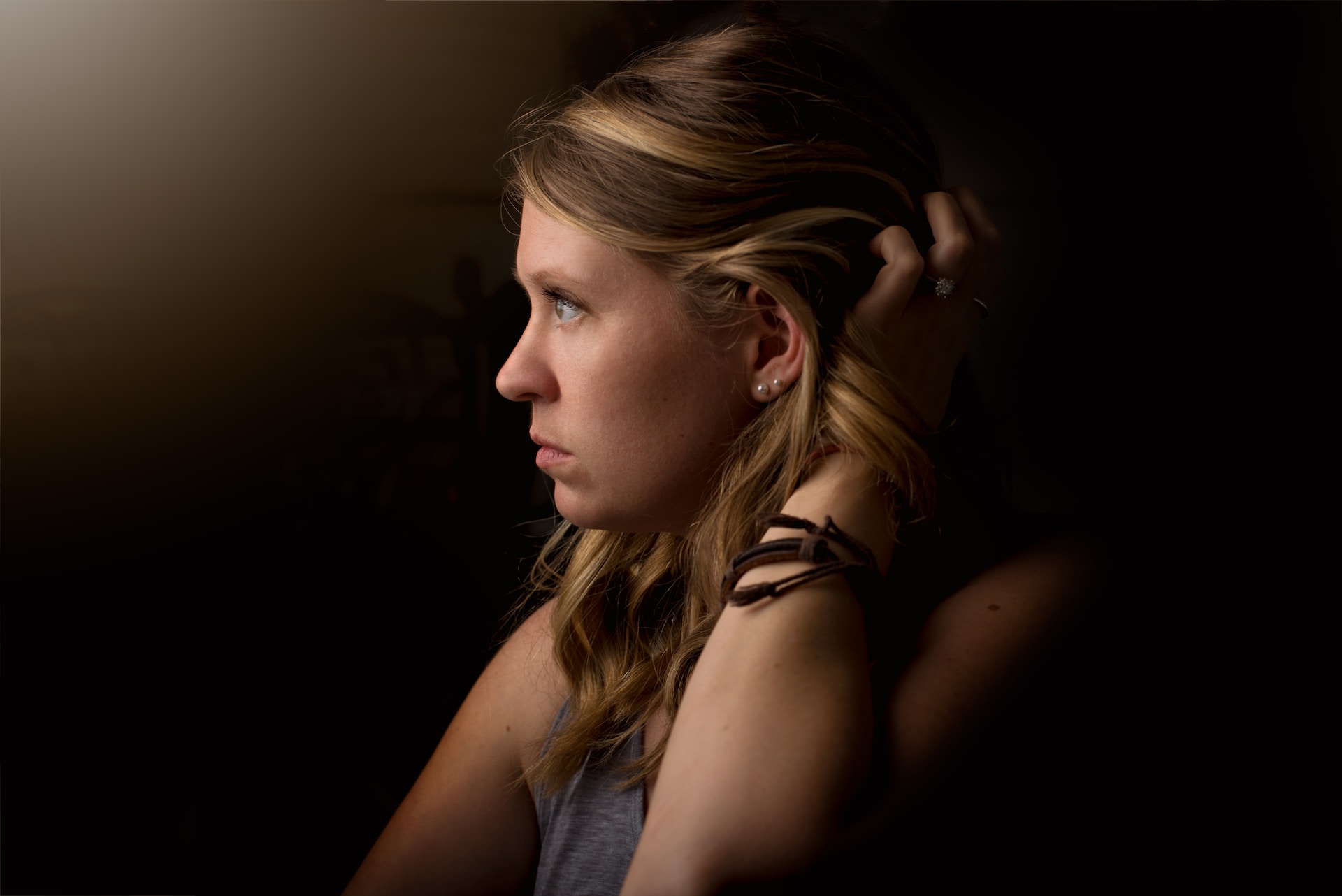
Misophonia potentially manifests as an abnormal sensitivity to certain sounds, triggering strong negative reactions. These reactions may include heightened arousal, discomfort, and avoidance behaviors. Specifically, individuals appear to have amplified responses to particular sound groups, contrasting typical reactions. Proposed effects consist of verbal or physical aggression and deliberately evading scenarios with sound triggers.
Overall, misophonia constitutes an hypothesized condition marked by atypical, adverse responses to select noises. The misophonic reaction can also occur in response to visual stimuli associated with sound production, which means that it is not related only to the auditory information processing system. Misophonia has a psychological basis, and it is selective, hence the different name Selective Sound Sensitivity Syndrome (SSSS).
Examples of sounds that can trigger a misophonic reaction include:

Eating noises – Misophonia often relates to food or drink sounds considered annoying. The sense of misophonia typically occurs from slurping, including chewing, swallowing, munching, and blowing. People suffering from misophonia might struggle to eat in public places. Hearing an annoying sound, a person suffering from misophonia wants to leave the area as soon as possible to stop listening to it. The misophonic reaction does not occur in response to one's sounds, which may be a matter of being able to control the triggering stimuli.
Sounds of breathing – Misophonia can also occur in the context of different physiological reactions related to breathing. These include snoring, loud breathing, wheezing, and coughing or sneezing. These sounds can be very unpleasant for patients. What sounds trigger a misophonic reaction is an individual issue. Loud breathing is a common trigger for misophonia.
Other physiological sounds – Misophonia occurs in response to specific groups of sounds, most commonly mumbling and breathing, but different human-induced sounds can also be unpleasant for patients. These include nose-pulling, crying, singing, and a specific tone. Crying refers to the crying of children. Animal noises, such as barking, can also trigger Misophonia.
Non-physiological sounds – People-made and animal noises aren't the only triggers for misophonia. Various other sounds can provoke it, too. Examples are the clock ticking, the click of a mouse or pen, writing on a chalkboard, body movement noises, dripping water, cell phone alerts, and noise from vehicles, to name a few.
Visual stimuli – Besides auditory triggers, misophonia can be amplified by what we see or visual stimuli. If you watch someone eat, for example, it can intensify a misophonic reaction. This response can be explained by the augmented connections in the brain between hearing centers and the emotional brain areas, which can also elevate other sensory experiences.

When exposed to aggravating noises, people with misophonia undergo intense emotions and reactions. These can involve strong feelings, physical sensations, or aggression. For instance, in response to unpleasant sounds, those with misophonia may experience:

Negative emotions – An irritating sound can spark nervousness or anxiety. Misophonia can also stir up anger, irritability, disgust, or fear of certain noises. Some develop an increased aversion to particular sound stimuli. Thus, negative reliving of challenging experiences causes additional reactions related to bodily and behavioral responses.
Loss of control – Misophonia can also cause feelings of loss of control. Fear of losing control is a sign or thought of losing control over oneself. Patients feel they have no control over their actions or beliefs and may endanger others or themselves. They tend to act on impulses they cannot control.
Panic – Too much contact with sound can sometimes bring about intense fear. This is psychological and is known as panic. It's when you feel sudden, extreme worry. Panic is part one of what's called a panic attack. After everyday nerves and social fear, panic attacks are a top worry issue that people face.
Somatic symptoms – There are strong feelings and physical responses linked to Misophonia. Reactions can range from feeling tensed in different parts of the body to increased heart rate. Experiencing physical discomfort, breathlessness, sweating, high blood pressure, and rising body temperature are common. This challenging experience can hinder one's everyday activities.
Aggressive acts – Responses to misophonia often involve a feeling of control slipping away, leading to aggressive actions aimed at the source of the noise. Negative emotions usually come with an urge to harm whatever is causing the disruptive sound. For instance, the person making the bothersome noise. This can breed resentment and intense emotions towards them, potentially resulting in verbal or physical hostility.
Avoidance of triggers – The disorder also carries behavioral consequences, which belong to active avoidance of situations in which triggers may arise to trigger a misophonic reaction. Misophonia, in its social aspect, causes withdrawal and isolation, which results in a decreased ability to carry out daily plans and derive pleasure from interpersonal contacts. Untreated misophonia could lead to mental issues such as depression and different kinds of neurosis.
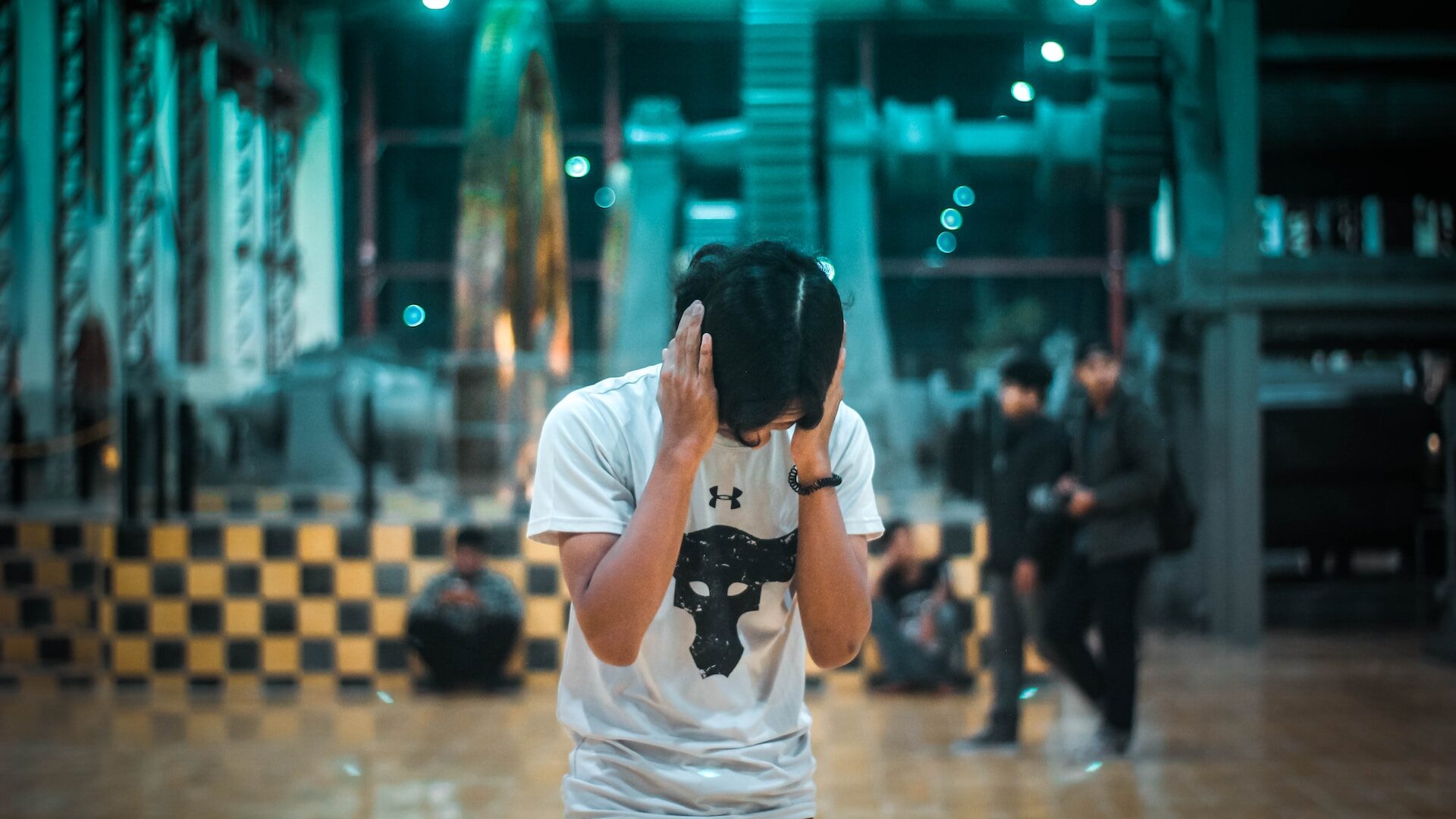
Identifying this condition is intricate, as many health problems often come with auditory sensitivity. Consultation with a doctor to establish a medical background can kick-start the diagnostic process. A series of supplementary tests is required:
A validated questionnaire for measuring misophonia based on diagnostic criteria has yet to be developed. Specialists typically use scales and questionnaires to detect and measure misophonia, the accuracy of which has yet to be validated. One such tool is the Amsterdam Misophonia Scale. This questionnaire is an adaptation of a scale used to measure obsessive-compulsive disorder.
A different tool is the Misophonia Questionnaire. Such a questionnaire may include questions about the duration of symptoms throughout the day, the impact of these symptoms on social functioning, the severity of feeling angry, attempts to restrain impulses, control of anger and thoughts, and the amount of time the patient spends avoiding situations associated with misophonia.
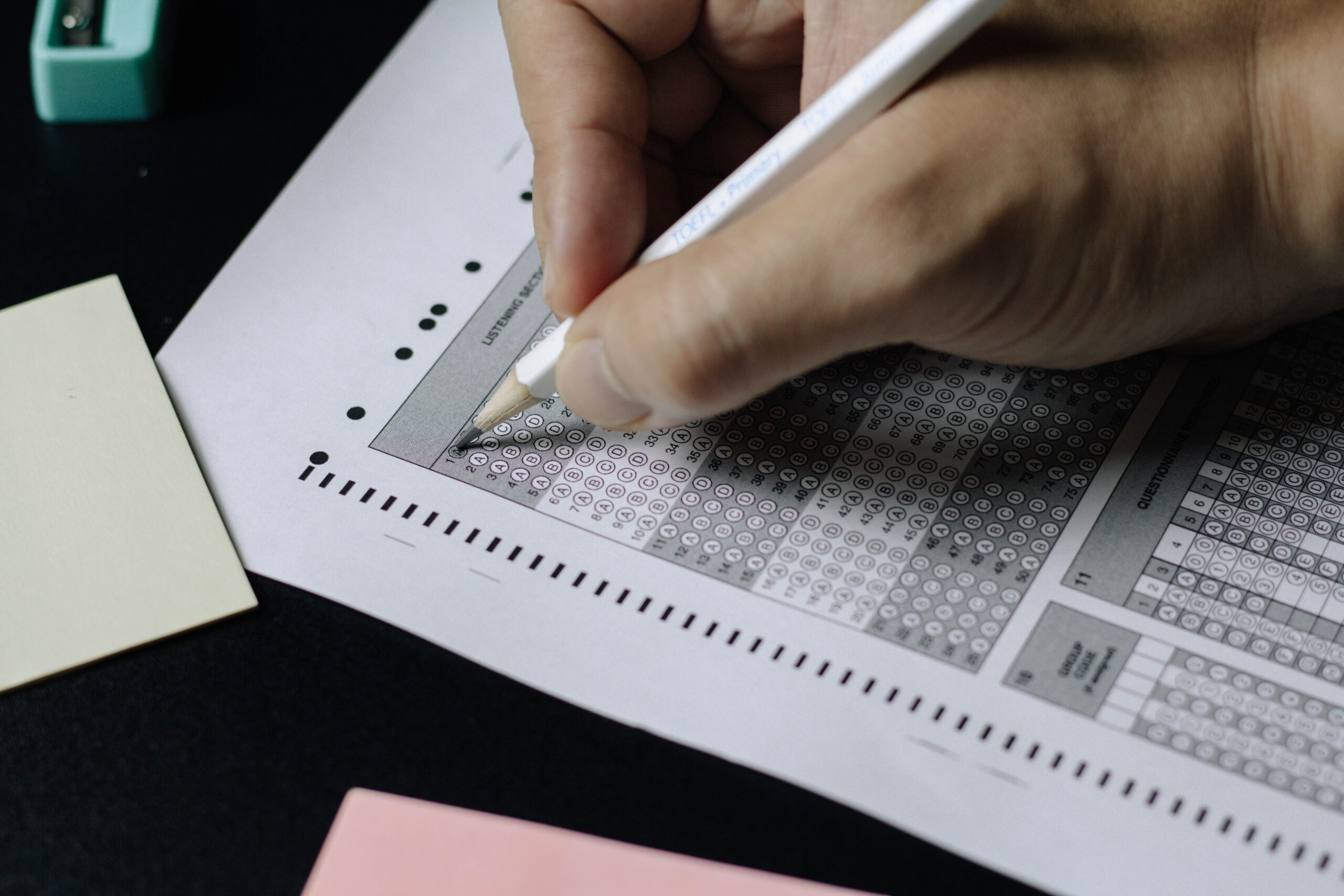
In the following part, the patient is subjected to otolaryngological examinations, including video otoscopy![]() . Video otoscopy, or endoscopic test of the ear, involves inserting an otoscope into the ear space and viewing the image on a monitor. This provides a detailed examination of the eardrum and outer layers of the ear.
. Video otoscopy, or endoscopic test of the ear, involves inserting an otoscope into the ear space and viewing the image on a monitor. This provides a detailed examination of the eardrum and outer layers of the ear.
Video otoscopy offers the opportunity to assess the condition of the ear and make an accurate diagnosis. The examination helps rule out hypersensitivity to auditory stimuli caused by abnormalities in the hearing organ. With the help of it, causes of hearing loss caused by any trauma or anatomical changes in the ear can also be detected.
The most critical step in diagnosis is determining the level of uncomfortable hearing through tonal audiometry. This subjective test finds the sound intensity that becomes uncomfortable for the test subject. The discomfort threshold assessed suits evaluating auditory hypersensitivity. Tonal audiometry measures the complexity of a sound that causes discomfort.
Test subjects compare louder versus softer tones and indicate when sound grows too complex. Their feedback sets the threshold. Understanding this complexity level aids assessing hypersensitivity. The test is usually done using earphones. The test is quick, non-invasive, and painless.
As the UCL test![]() determines the level of sensitivity to loud sounds, the test may cause temporary discomfort as to the volume. It is assumed that a person with healthy hearing will begin to feel pain at sounds of 90-100 dB
determines the level of sensitivity to loud sounds, the test may cause temporary discomfort as to the volume. It is assumed that a person with healthy hearing will begin to feel pain at sounds of 90-100 dB![]() . Examples include traffic noise or a blender running. Misophonia can be diagnosed when sounds of lower intensity cause discomfort.
. Examples include traffic noise or a blender running. Misophonia can be diagnosed when sounds of lower intensity cause discomfort.

Auditory hypersensitivity often accompanies many neurological-otological diseases. More than essential examinations may be needed, so imaging studies are done for detailed analysis. CT scanning proves beneficial, for example, in imaging facial nerve palsy or rupture of the semicircular canal.
FMRI, on the other hand, shows increased cerebral activation associated with hyperacusis. In addition, magnetic resonance imaging marks demyelinating changes in the central auditory pathway. Imaging studies are primarily suitable for diagnosing different diseases during which auditory hypersensitivity is noted. Their recognition greatly facilitates the course of causal treatment.
Misophonia has yet to be included in any classification system. Still, the knowledge accumulated so far indicates that it meets many of the criteria adopted for mental disorders, and the collected material proves the clinical utility of introducing it as a diagnostic construct.
Currently, researchers are discussing and analyzing diagnostic criteria for misophonia. A proposed diagnostic criterion for misophonia is that a specific sensory stimulus like a sound elicits an immediate aversive reflex response accompanied by general physiological arousal. The presence and anticipation of the stimulus causes negative physiological and emotional reactions according to Dozier![]() .
.

Since misophonia can occur both as an independent disorder and as a symptom occurring in a variety of conditions, diagnostic testing aims to exclude those pathologies that may be the source of reduced tolerance to sounds and require specific therapy. In most patients, however, finding one specific etiological factor is impossible, and causal treatment is impossible. The following treatments are used to treat misophonia:
Symptomatic treatment – No treatment method can remove the symptoms of misophonia. However, there are many ways to deal with it. For it's goal, you can wear earplugs or headphones to drown out your surroundings. Most people with auditory hypersensitivity initially use various methods to reduce unpleasant acoustic sensations. However, it's worth noting that temporary procedures temporarily minimize some symptoms with no lasting effects.
Supportive pharmacotherapy – No specific drug has been invented to eliminate tinnitus and auditory hypersensitivity. While psychiatric pharmaceuticals with antidepressant, anti-anxiety, and sedative effects can be used, they are not sufficient as the only form of treatment. The basis of any therapy should be the patient's attempt to accept his condition and find the motivation to fight the disease. It may be necessary to get help from loved ones and a psychologist.
Psychotherapy – The goal of therapy is to learn how to cope with reactions to sounds, thus causing milder responses than before. It is all designed to help the person function better in everyday life. Various therapeutic methods are used. It can be conducted in cognitive-behavioral![]() or behavioral approaches. It makes it possible to accurately identify the sources of tension and develop new, correct reaction patterns. Tinnitus Retraining Therapy
or behavioral approaches. It makes it possible to accurately identify the sources of tension and develop new, correct reaction patterns. Tinnitus Retraining Therapy![]() can also be used for people complaining of tinnitus, but it can also work well for misophonia.
can also be used for people complaining of tinnitus, but it can also work well for misophonia.

Misophonia is not a disease entity. It is a disorder or symptom that may indicate different mental conditions. Factors that cause misophonia often include difficult and traumatic past experiences that may have led a person to experience hypersensitivity to certain sounds. Studies also indicate that misophonia is more frequently observed in people diagnosed with the following disorders:
People with PTSD are more likely to have misophonia. PTSD is classified as an anxiety disorder. It develops in people exposed to a traumatic stressor. It is the most commonly diagnosed syndrome in veterans of war, witnesses of natural disasters, or traffic accidents. These serious life-threatening stress events do not remain indifferent to the human psyche. Thus, severe events affect the nervous tissue, causing irreversible changes. Psychotherapy is needed to treat PTSD. If left untreated, PTSD can result in lasting changes in one’s character.
Symptoms – These individuals often endure long-lasting, distressing thoughts and emotions tied to their traumatic incident, even after the event has passed. The event may recur in their mind through haunting dreams or vivid flashbacks. Feelings of sorrow, dread, or rage are common. A chronic, intense anxiety and a feeling of powerlessness are usually experienced by those with PTSD. Patients so may avoid places and people that remind them of the traumatic situation. They may have strong adverse reactions to something like loud noise or accidental touch.

Misophonia often accompanies obsessive-compulsive disorder. Some researchers suggest that it could be included in the spectrum of these disorders. OCD belongs to the category of anxiety disorders. Compulsions, or compulsive activities, and obsessions or intrusive thoughts characterize it. The OCD disorder usually begins in late adolescence or early adulthood.
However, the disorder is also seen in children, and the symptoms are very similar to those of adults. It is worth noting that the severity of symptoms fluctuates over time. The disorder develops gradually and is chronic. When treating obsessive-compulsive disorder, the most common treatment is medication plus cognitive-behavioral psychotherapy.
Symptoms – Obsessions are unwanted and intrusive thoughts, images, or impulses that are repetitive and difficult to ignore. They can cause intense anxiety and discomfort. Very often, the content of obsessive ideas is very personal and embarrassing and may involve areas of sexuality or faith. Compulsions, on the other hand, are repetitive behaviors that a person feels compelled to do in response to obsessive thoughts. The goal of these behaviors is to diminish anxiety and discomfort. These activities are often irrational and time-consuming and affect daily functioning.
Attention deficit hyperactivity disorder is not used under the disease term. It is classified as a neurodevelopmental mental disorder. Neurodevelopmental disorders are changes in the brain that result in simultaneous abnormalities in its functioning. Treatment can help those with ADHD improve functioning. Medicines assist concentration.
However, it cannot be fully cured since genetics and biology underlie ADHD. Environmental things may worsen symptoms that make life challenging. ADHD has many possible symptoms, affecting each person uniquely. It may involve sensory sensitivity, like misophonia. The symptoms fall into three groups – hyperactivity, inattention, and impulsiveness. Hyperactivity impacts physical and mental realms. It could mean constant physical motion or excessive mental activity.
Symptoms – ADHD affects individuals in three ways: hyperactivity, distractibility, and impulsivity. Hyperactivity touches both body and mind. It can show up as endless fidgeting or ceaseless thinking. ADHD individuals often struggle to focus. They need support with tasks and everyday duties. Moreover, severe impulsivity can present differently. It might be impatience, interruption of others, or quick, impulsive decisions.

Autism spectrum disorders (ASD) are types of brain growth conditions. They impact one's holistic growth and operation. Autism's origins remain vague. Genes and surroundings both play a part in its appearance. Autism spectrum, as a term, is meant to stress various autism-related individual experiences and life impacts.
Autism is not used under the disease term but a developmental disorder. It means that the entire developmental path of an autistic person is different from the standard. People on the autism spectrum may experience problems with hypersensitive senses, including misophonia.
Symptoms – Symptoms of autism can be seen in three areas: communication, social interaction, and repetitive, stereotyped behavior patterns. Autistic people often have difficulty understanding other people's behavior because they think and feel in different ways than neurotypical people. In addition, people with autism often become firmly attached to patterns or routines. Patients may also experience ordinary stimuli as either not intense or too intense.
Another disorder in which misophonia can occur is depression. It is a syndrome of affective disorders whose symptoms usually center around abnormal mood regulation. In the case of depression, the main sign is a lowered mood that persists most of the time. Depression should be distinguished here from sadness, which is a natural emotion experienced in situations of failure or loss.
The severity scale of depressive episodes begins with mild and mild-moderate, up to severe episodes. To combat depression, treatment methods incorporate medication and counseling. Providing therapy proves vital since depression can prompt suicidal ideation, resulting in patient mortality.
Symptoms – Hallmarks involve a diminished mood, depicted by patients as sadness and despair, although apathy or irritation might arise. Additionally, interest wanes regarding daily functions like personal hygiene or apparel. For a complete picture of the disease, patients with depression are additionally diagnosed with different symptoms, such as the inability to feel pleasure, constant fatigue, and lack of energy.

Misophonia can also occur in borderline disorder. Borderline is the term for a person with a personality disorder whose mental disorders fall into the realm of both psychotic and neurotic disorders. Patients in this group, however, do not deteriorate to the point where they can be diagnosed with schizophrenia.
Personality disorders are when personality traits are found that are not susceptible to change and hinder proper adjustment. It causes significant deterioration in social or occupational functioning or subjective malaise. People with BPD are treated with medication or through psychotherapy.
Symptoms – Borderline is a disorder characterized by experiencing extreme and intense emotions. Moments of calm can turn into depressive states, and these can turn into extreme agitation. Borderline far surpasses different disorders in terms of the extremity and intensity of emotions that arise, which significantly exceed standard and socially acceptable deviations. Their ability to cope alone and in close, long-term relationships is negligible. Impulsivity in behavior can cause risky behavior and suicide attempts.
Hypochondria is a disorder that belongs to the group of neurotic disorders, and the symptoms of hypochondria are highly characteristic. Hypochondria is understood as a belief that there is an existing disease or that one has factors that predispose one to contracting a severe illness. A person who suffers from this type of anxiety about his health is called a hypochondriac.
Continuously watching your body and environment for signs of illness may make you super sensitive, even to misophonia. To help manage hypochondria, cognitive-behavioral therapy works well. With a trained professional, you can learn about things or situations that spark or keep your fear of being sick ongoing.
Symptoms – A key feature of hypochondria is a steady and irrational worry about your well-being. It sticks around even when tests show you healthy. People with hypochondria spend a lot of time researching diseases and seeking symptoms that, in their view, signal serious illness. Hypochondriacs tend to observe their bodies overly, treating minor imperfections as a symptom of a severe disease. There is a panicky fear for one's life and health.

Misophonia is also more common in Tourette syndrome. It is a congenital neurological disorder characterized by involuntary vocal and motor tics. The specific causes of Tourette syndrome have not been fully elucidated. Genetic and environmental factors have been pointed to in the disorder's etiology.
The disease often begins in early childhood with simple single motor tics that become more complex as time passes. Comprehensive treatment, including pharmacotherapy, psychotherapy, and different forms of therapy, is used for those with severe symptoms.
Symptoms – Sufferers are aware of the tics they are doing but cannot control them. Attempting to suppress them involves tremendous effort and causes severe physical and mental tension. The picture of the disease varies greatly. Tics appear with various levels of severity and frequency, from very infrequent to almost continuous. It is common for tics to include nodding of the head, twitching of the knees, twisting of the mouth, and grunting. Sometimes, patients are unable to control swearing.
Tinnitus is often accompanied by auditory hypersensitivity, in the type of misophonia. Tinnitus is an unpleasant sound sensation perceived by the sense of hearing. They can occur intermittently or constantly and accompany various disease processes.
Tinnitus is a bothersome condition that can significantly affect quality of life. Their diagnosis is difficult, as no objective methods for measuring tinnitus exist. The choice of treatment method for tinnitus depends on the cause of its origin. With organic diseases, therapy appropriate to them is introduced.
Symptoms – Tinnitus is an unpleasant sound sensation perceived in one or both ears, felt without an acoustic stimulus in the environment. The sufferer can perceive tinnitus in a variety of ways. Many people describe the disorder as murmurs, hums, hissing, ringing, and squeaking sounds heard in the left ear, right ear, or a hard-to-locate area in the head. Their frequency can be low, medium, or high. Regardless of their amplitude, noises are very bothersome.
Misophonia is one of three types of hypersensitivity to sound. Unlike the others, it is not associated with damage to the hearing system or any dysfunction of the hearing system. Misophonia is a complicated issue, and many questions about it remain unanswered. Hearing hypersensitivity has a psychological basis but is not a disease.
Researchers are considering whether it can be treated as a separate disorder. The symptoms of misophonia widely vary, yet common features exist. Frequently, people have extreme reactions – chiefly anger, irritation, and anxiety. Life with misophonia proves difficult, impacting sufferers and contacts. This results as hypersensitivity causes aggression and isolation.
Usually beginning in childhood, misophonia persists to different degrees throughout life.Various diagnostic methods confirm misophonia. Treatment stays complex, with no cure available. However, psychotherapy and supplemental therapies exist. Sometimes misophonia marks an underlying disorder, so identifying the precise auditory hypersensitivity cause proves critical for proper treatment.